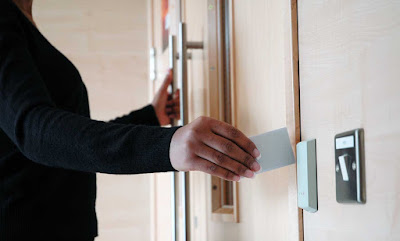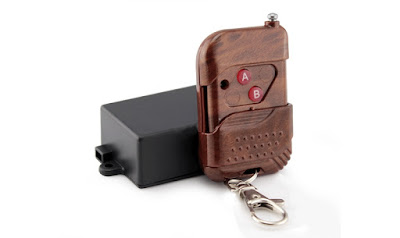How To Build Your Door Access Control System
Ready to "Build Your Door Access Control System
1,Choosing a Door Access Control Manufacturer and Vendor
As with any major business purchase, it is worth taking the time to ask a lot of questions when choosing an access control manufacturer and support vendor. You want a vendor who is large enough to be stable and provide timely customer support when you need it, yet small enough to be responsive to your needs. Flexibility is also important: the vendor should be able to adjust to your specific requirements. The best vendors will ask you questions as well.
They will walk you through the specification process and help you design the solution that best fits your needs. They do not need to see your facility, but they may ask you to send digital pictures of specific entry points. Avoid vendors who have the perfect system for you; after five minutes of conversation; and by the way, it is on sale this week only!
Most access control vendors work with a wide range of customers, but you should look for one that has experience in your industry. In particular, do not work with a company that handles mostly residential systems: for your business, you need commercial‐grade access control. Many manufacturers produce residential versions that are considerably cheaper, but they are not as reliable and not built for the same amount of use as commercial systems. Also, look for a vendor who supports multiple brands of hardware. Access control hardware is fairly standardized and will work with most controllers.
However, controllers and software are more specialized, so make sure the dealer you choose has significant experience supporting the brands you decide on. Factory certification from manufacturers indicates a greater level of training and support, but it is not essential
2,Integration and Installation
In addition to providing you with the right products, the vendor you choose will also be responsible for providing going support and helping to integrate it with any other related systems you have. There is no real standard for connectivity between access control and alarms, time and attendance and video surveillance, so there will always be some additional custom work involved in creating links between these systems. Most importantly, there are local and national codes governing the types of locks and hardware that can be used on fire and exit doors, so make sure you are familiar with the ordinances in your area.
3,Door Access Control System Pricing
Arriving at good estimates of access control system pricing is difficult: most access control vendors will want to discuss your needs in detail before providing you with estimates. That said, there are some general costs you can keep in mind. A complete keypad or card‐based access control system for a single door is typical $1500 to $2500 installed. The more doors you add, the lower the per‐door pricing is. These prices include everything; the hardware, software, and installation. The only exception is the cards themselves, which are usually priced separately. For Do-It-Yourself installation, expect prices more in the neighborhood of $500 to $1500 per door.
However, the pricing of a system is contingent on the range of options stand-alone access control points, can be purchased for as little as $400. While Iris scanning biometric systems are much more expensive and can easily reach $10,000 or more for a single access point. Access control system pricing increases when you start including additional components such as photo ID printers, door prop alarms, and higher‐security locks. While the prices listed here can help you get an idea of your budget, your total costs will change throughout the project as you add and remove components.
Your access control system pricing should include basic email and telephone support, at least for the first year. Better vendors provide lifetime support for products. Many dealers will also offer extended warranties or maintenance contracts, but the basic manufacturer's warranty is often sufficient for access control hardware. The components are relatively simple and do not have many moving parts, so they do not tend to break down easily.
4,Door Access Control System Buying Tips
Stay in touch - Keep your building management in the loop as you select and install a security access control system; you may need permission to do certain types of installation.
Safe or Secure - Different types of locking hardware can be "fail secure" meaning if the power goes out, the door remains locked from the outside, or "fail safe" meaning the door will unlock completely in a power failure. Both safety regulations and your own security requirements can have an impact on which type is right for your situation. (Remember that in a power failure, security doors must allow anyone inside to exit.
Reuse equipment - Hardware, locks, sensors, and card readers or keypads; are fairly interchangeable between different security access control systems, so upgrades and add-ons can incorporate existing materials.
Do not overbuy - Securing door after door inside your facility is likely to frustrate employees more than increase security. Do not feel like you have to include every door in a security access control system: a mix of card access and plain old keys is often the best combination. Focus your access control points on the perimeter of your building.
Related posts:
For more information about access control system, please visit my "ShineACS Access Control Security" main website--It is a FREE website that you can download access control system knowledge and find right suitable access control products and solutions for your access control project.
Related posts:
For more information about access control system, please visit my "ShineACS Access Control Security" main website--It is a FREE website that you can download access control system knowledge and find right suitable access control products and solutions for your access control project.




Comments
Post a Comment